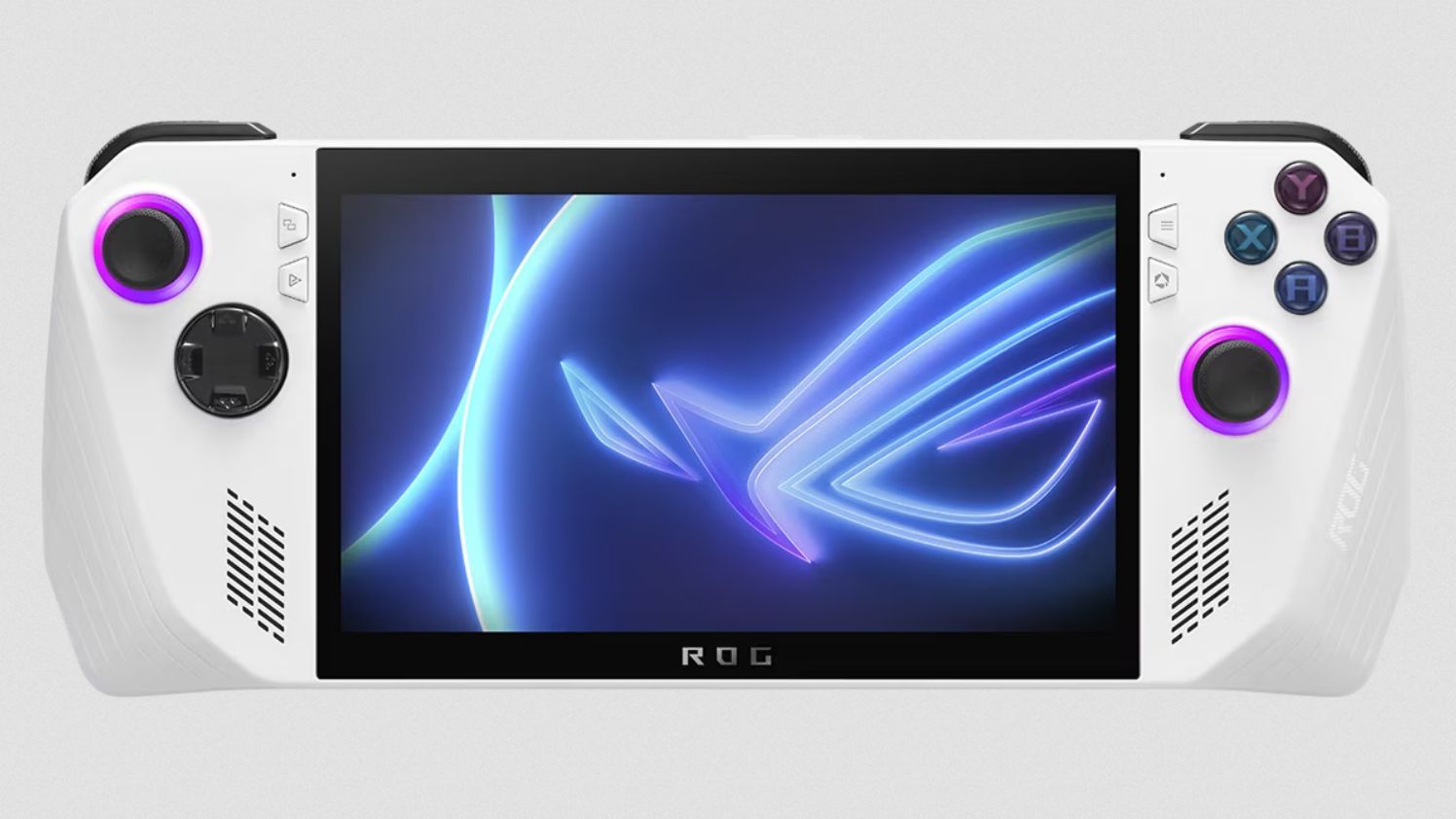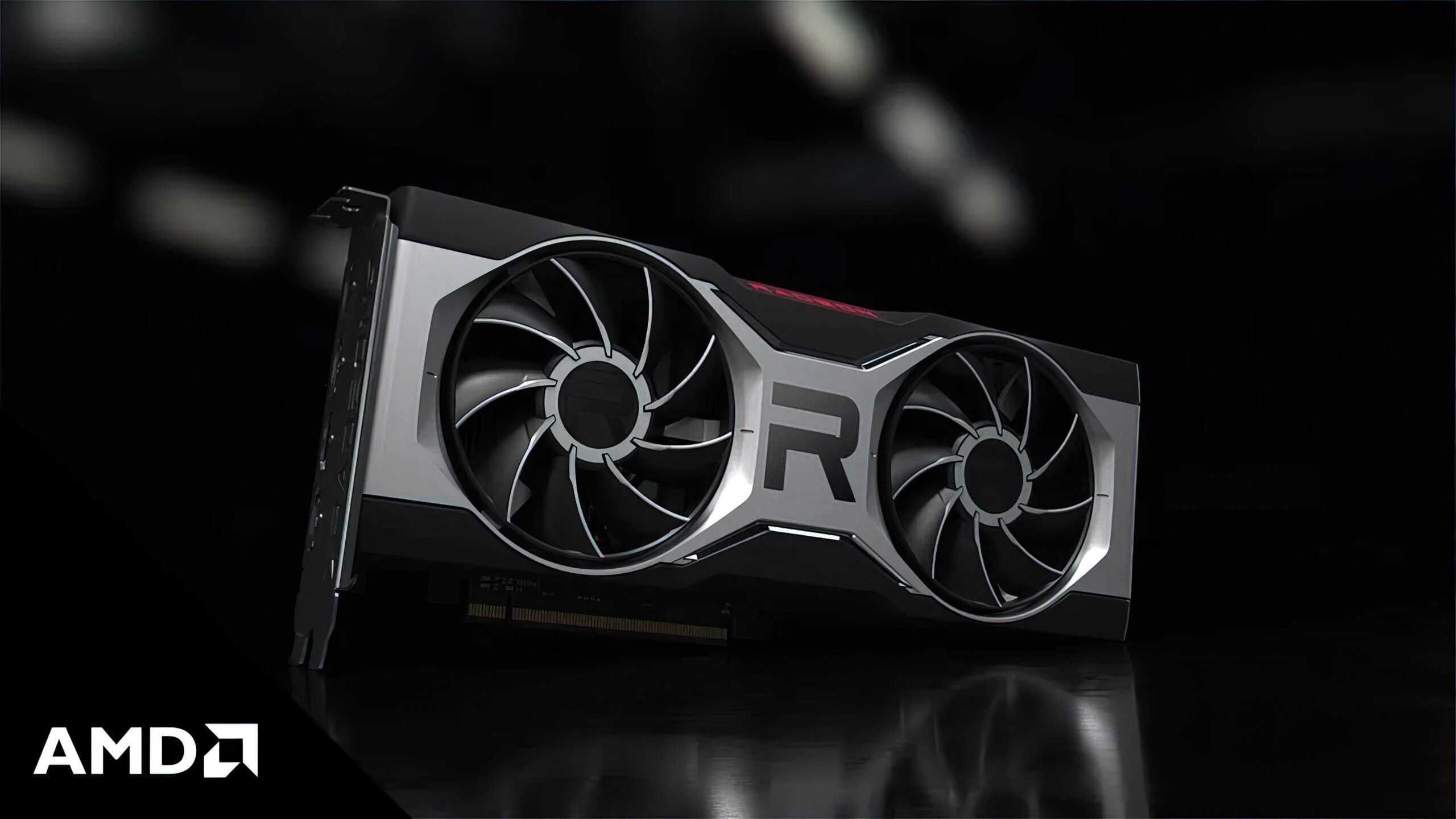Asus Confirms MicroSD Card Reader On The Rog Ally Is Prone To Failure
Asus has confirmed that the MicroSD card reader on the Rog Ally is prone to failure under certain thermal conditions.
In its latest official statement regarding the ongoing issues affecting the Rog Ally, Asus has confirmed via internal testing that the handheld device’s MicroSD card reader is prone to failure under certain stressful thermal conditions.
In order to increase reliability and minimize fan noise, the manufacturer intends to release an update that will further tweak the device’s default and minimum fan speeds. The MicroSD Card reader being located near the heat output appears to be the cause of the issue in this case. It remains to be seen whether the fan adjustment will bring a meaningful reduction in temperatures for MicroSD cards to function safely.
The full statement from Asus on the matter can be seen below.
Good evening everyone. HQ has released a new statement regarding their work on the Ally’s SD card reader: We want to thank the community for the passionate response we’ve received for the ROG Ally. Your support has been both immense and invaluable, so we’ve been hard at work to improve a number of things. After confirmation from internal testing, under certain thermal stress conditions the SD card reader may malfunction. To alleviate the issue, we will be releasing an update that further fine-tunes the default and minimum fan speeds on the device to improve reliability while keeping fan noise in check, as we know this is a concern for many of you. If you are currently experiencing issues with your SD card reader, please contact [email protected] (US) or contact customer service for your region to RMA your unit, which we will inspect for any issues and repair.
The Asus ROG Ally is a handheld gaming computer developed and manufactured by Asus under their Republic of Gamers brand. The device, which was released on June 13, 2023, goes up against Valve’s Steam Deck. The ROG Ally uses an AMD Zen 4 processor and the Windows 11 operating system. In addition to being used as a handheld device, the ROG Ally can be used as a desktop computer or home gaming console by docking it to a TV or monitor.
The ROG Ally implements an AMD APU, based on AMD’s Zen 4 and RDNA 3 architectures. The ROG Ally was released in two different variations, one with a Ryzen Z1 and the other with a Ryzen Z1 Extreme processor. With a combined estimated performance of 2.8 TFLOPS, the Z1 GPU and CPU each have four compute units and six cores. The GPU of the Z1 Extreme runs on twelve compute units with an estimated 8.6 TFLOPS, while the CPU has eight cores and sixteen threads. The Z1 runs between 3.2 and 4.9 GHz, while the Z1 Extreme runs between 3.3 and 5.1 GHz. Both processors use variable timing frequencies.
Source: Twisted Voxel


